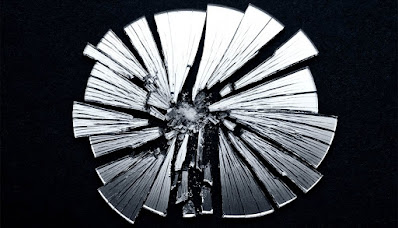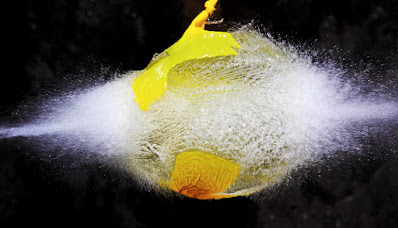ASTEROIDS AREN’T AS EASY TO BREAK APART AS WE THOUGHT
Inbound asteroids may be harder to damage compared to researchers formerly thought, inning accordance with a research study that used a brand-new understanding of shake fracture and a brand-new computer system modeling technique to mimic asteroid accidents.
judi bola terbaik mengenal jenis ragam judi bola online
The searchings for, which will show up in the journal Icarus, can help produce asteroid impact and deflection strategies, increase understanding of solar system development, and help design asteroid mining initiatives, scientists say.
"We used to think that the bigger the item, the more easily it would certainly damage, because larger objects are more most likely to have defects. Our searchings for, however, show that asteroids are more powerful compared to we used to think and require more power to be totally ruined," says Charles El Mir, a current PhD finish from the mechanical design division at Johns Hopkins College and the paper's first writer.Scientists understand physical products such as rocks at a lab range (about the dimension of your fist), but it has been challenging to equate this understanding to city-size objects such as asteroids. In the very early 2000s, a research study group produced a computer system model right into which they input various factors such as mass, temperature level, and material brittleness, and after that substitute an asteroid about a kilometer in size striking head-on right into a 25-kilometer size target asteroid at an effect speed of 5 kilometers each second. Their outcomes recommended that the impact would certainly totally ruin the target asteroid.
In the new study, El Mir and his associates entered the same situation right into a brand-new computer system model called the Tonge-Ramesh model, which accounts for the more detailed, smaller-scale processes that occur throughout an asteroid collision. Previous models didn't properly represent the limited speed of cracks in the asteroids."Our question was, how a lot power does it require to actually ruin an asteroid and damage it right into items?" says El Mir.
Scientists separated the simulation right into 2 stages: a short-timescale fragmentation stage and a long-timescale gravitational reaccumulation stage. The first stage considered the processes that start instantly after something strikes an asteroid, processes that occur within portions of a 2nd. The second, long-timescale stage thinks about the effect of gravity on the items that fly off the asteroid's surface after the impact, with gravitational reaccumulation occurring over many hrs after impact.



